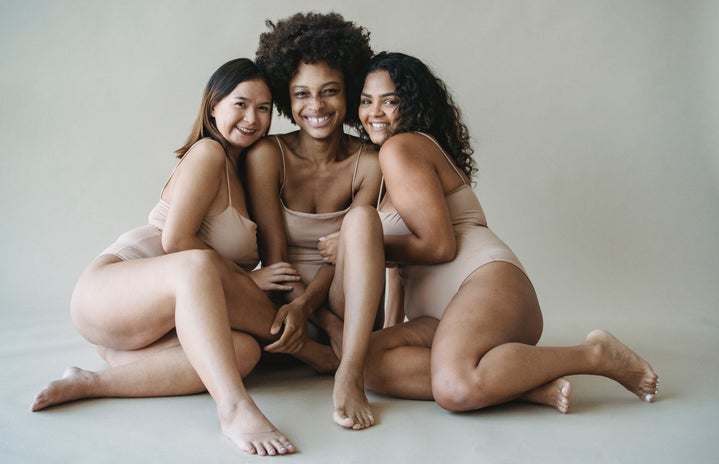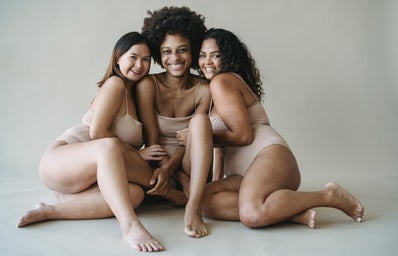Throughout the years, the media has type-casted plus-size women as an undesirable afterthought, the butt of a joke or the insecure, invisible friend. This has been reflected in the beauty industry, which is dominated by white, able-bodied, straight-sized models. The beauty and fashion industries perpetuate the narrative that thin bodies are more desirable. These bodies are used to promote luxury brands and designer clothes, leaving plus-size women as one of the most underrepresented groups in the media.
While there has recently been some progress for plus-size models within the beauty industry, diversity within the plus-size community itself is still not visible. International models like Ashley Graham, Precious Lee and Paloma Elsesser have led the way for aspiring plus-size models, representing luxury brands like St. Tropez, Versace and Glossier.
However, the reality is that these “inclusive” brands and designers are only using a specific type of plus-size model that is deemed “acceptably fat”. This includes women who are no larger than a XXL, have an hourglass figure, flat stomach and are not visibly fat in their faces. This creates further unattainable beauty standards for plus-size models and leaves fat women inaccurately represented. The ratio of plus-size models featured within the media hardly represents the diversity and quantity of plus-size people that exist in society.
South Africa’s beauty and fashion industries have become a lot more inclusive in recent years, however, their plus-size models are still less sought after both locally and internationally. Being a plus-size model in South Africa is not financially sustainable, since most work comes from overseas. Even then, only specific models who fit strict body measurements and Eurocentric beauty standards are hired. More often than not, light-skinned “acceptably fat” plus-size models are favoured. Some of the leading women within South Africa’s plus-size beauty and fashion community include Charnelle Paulse, Maciel Hopkins and Yoliswa Mqoco.
The media plays an important role in determining which bodies are seen as attractive and valuable in our society and for many years plus-size bodies have not made the cut. It is time for the media and beauty industry to take accountability for their role in perpetuating these narratives. This goes beyond advertising and also translates to more exclusive sizing for plus-size bodies.
Founder and CEO of the makeup brand, Kulfi, Priyanka Ganjoo echoed this by saying, “For so long in the [beauty] industry, we’ve seen plus-size representation as an exception.” She goes on to say, “But Gen Z doesn’t conform to the outdated ideas of beauty [that millennials and older generations] grew up with and are actively rejecting them.” It is the role of the media to challenge power structures and represent society. For too long, the media has represented only one group, but our society consists of so many different types of people.
As Camila Cabello recently said, “Being at war with your body is so last season.” Women (and men) should not feel pressured to change their bodies in order to feel beautiful or desirable. It is about time that society rejects the unrealistic beauty standards fed to us by the media.


